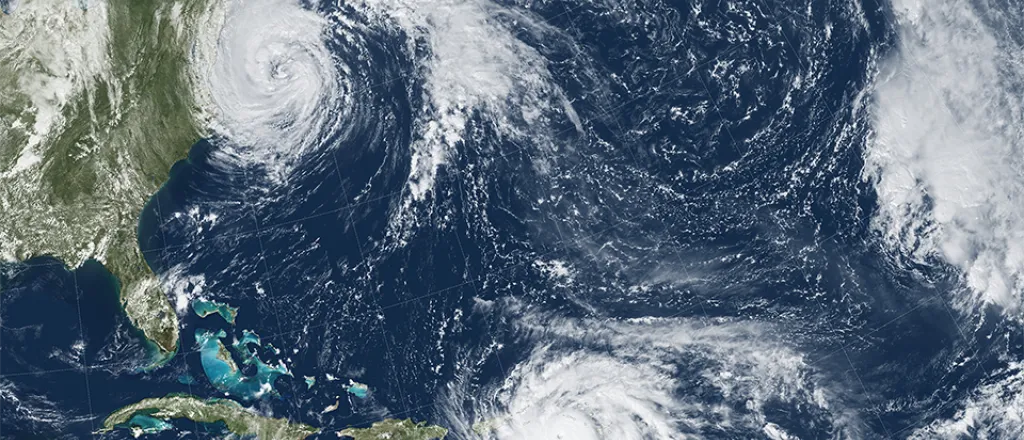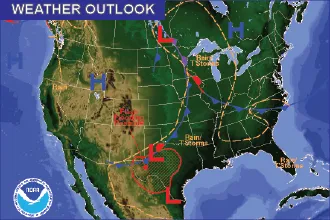
How the costs of disasters like Hurricane Ian are calculated – and why it takes so long to add them up

Adam Rose, University of Southern California
The U.S. experienced 15 disasters in the first nine months of 2022 that each caused at least US$1 billion in damage. Hurricane Ian is taking the largest toll of these disasters by far – but the extent of the damage could take years to calculate with any precision.
The Conversation U.S. asked Adam Rose, a senior research fellow at the Center for Risk and Economic Analysis of Threats and Emergencies at the University of Southern California, to explain how experts make these estimates and what could be done to make disasters less costly.
What did Ian cost?
Preliminary property damage estimates for Ian so far range from $42 billion to as much as $258 billion, with some landing in the middle.
If the higher end of the estimates proves more accurate, that alone would make Ian the costliest natural disaster in U.S. history.
However, property damage is only one aspect of disaster costs.
Another, which is often neglected, is business interruption – the decrease in economic activity measured either in terms of lost revenue or a combination of lost wages and profits.
Business interruption begins when the disaster strikes and continues until the economy has recovered. In this case, it is likely to take several years, as happened after Katrina wreaked destruction on Louisiana, Alabama and Mississippi in 2005.
Of course, these costs do not count lives lost or human misery, such as the number of people left without power or clean water.
Who makes these estimates and how are they made?
The earliest estimates of a disaster’s cost are often made within a few days, but they subsequently get refined as more data becomes available.
Insurance companies and insurance trade associations typically make the first estimates, which focus on property damage. Insurers base these estimates on losses covered by insurance and then extrapolate those calculations to also include losses related to noninsured property.
These initial estimates often omit damaged infrastructure, such as roads, bridges and utilities. One way that analysts can also estimate those losses is by studying and refining data collected by satellites and reconnaissance airplanes through a process called “Earth observation.”
Property damage can readily be translated into initial estimates of direct losses of economic activity, including the effects on employment and gross domestic product, using the Federal Emergency Management Agency’s loss estimation tool. The tool, known as Hazus, combines data related to wind speed, flood height and the size of the region affected. However, an accurate estimate of total losses must consider three more factors.
The first pertains to the multiplier effects that reverberate through supply chains. For example, earthquakes in Taiwan have in the past damaged semiconductor factories, disrupting the production of electronics in the U.S. and elsewhere.
The second is how quickly and efficiently businesses get back on their feet after a disaster by relying on strategies such as relocating or consuming less water and power. Disaster recovery experts refer to this way of reducing the risks associated with a disaster’s aftermath as “resilience.”
The third has to do with what happens to people who live in disaster zones. If they flee the area on their own or after being forced to do so by government evacuation orders, the local economy loses its labor base and demand for goods and services in the area declines.
I led a team that developed software that quickly makes these estimates – the Economic Consequence Analysis Tool. Known as E-CAT, it can provide almost immediate estimates of losses from hurricane-related flooding and other disasters once some basic information on the initial size of the disaster and rough estimates of the extent of resilience and behavioral responses become available. It can be used by non-experts and requires much less data than the government’s Hazus system.
Precise estimates of the cost of a given disaster can only be determined after a careful case study, which takes months or years to complete. That is why there’s no reliable estimate yet for Ian.
Who bears the greatest costs of damage from big disasters?
A National Academies of Science, Engineering and Medicine committee on which I served issued a report noting that low-income people and communities of color bear a disproportionate amount of disaster losses.
They are more prone to live in floodplains where property values are lower, are less able to afford to build homes that can withstand water and wind damage, and have less access to credit for rebuilding. They also have less political power in the overall decision-making process to prevent and cope with disasters.
Hurricanes, as well as sea-level rise, represent some exceptions to this pattern. Very wealthy people with beachfront property are disproportionately affected by hurricanes, and many of the homes that collapse into the ocean belong to the rich.
Can massive losses from hurricanes be avoided?
At this point, preventing losses from hurricanes is probably impossible, as it would require turning back the clock 50 years.
The U.S. would have benefited from better land-use planning in the mid-20th century. And it would have also helped if Americans had started decades ago to take action to mitigate climate change in the first place by reducing greenhouse gas emissions and slowing the pace of deforestation.
What could make future disasters less costly?
Natural disasters occur due to a combination of physical events, like hurricanes and earthquakes, and the vulnerability of homes, businesses and all the structures people rely on. Storms are getting stronger and human settlement systems are expanding, thereby increasing their vulnerability.
More people are moving closer to the coastlines as others who lost homes in disasters are rebuilding in floodplains – perpetuating losses.
In 2005, I led a report to Congress known as the Natural Hazard Mitigation Saves study, for which our team examined 10 years of FEMA Hazard Mitigation Assistance Grants. This money flows to state and local governments, Indian tribal organizations and nonprofits for projects designed to rebuild and lower the risk of future property damage and business interruption losses after a presidential disaster declaration.
We found that one of the most effective tactics to reduce disaster losses was to buy out properties from homeowners residing in flood-prone areas to eliminate the need to help them rebuild again and again.![]()
Adam Rose, Professor of Public Policy, University of Southern California
This article is republished from The Conversation under a Creative Commons license. Read the original article.

















